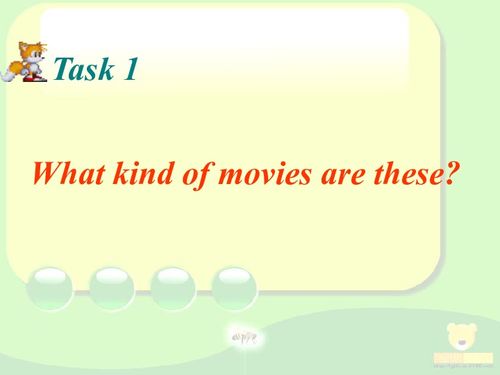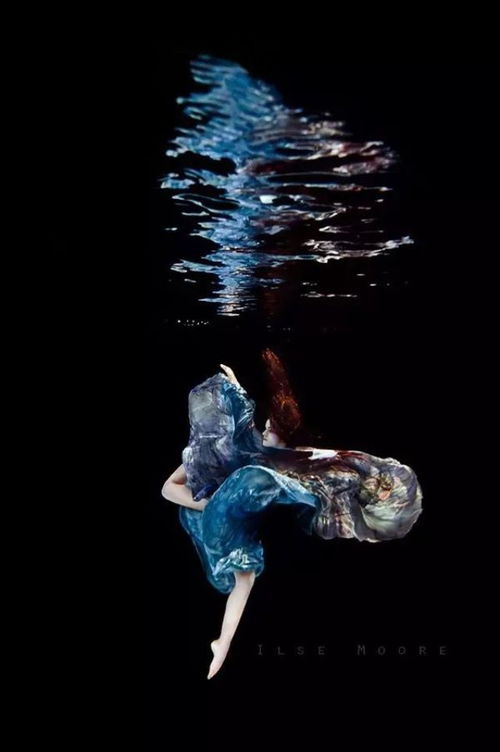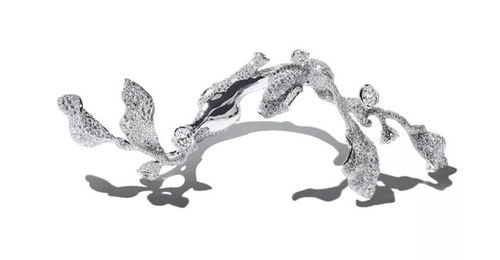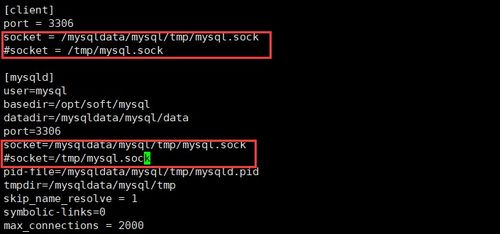Introduction: Fishing is a popular hobby that requires patience, skill, and knowledge. One effective way to improve your fishing techniques is by creating a flowchart that outlines the entire process. This article will guide you through the steps of drawing a fishing technique flowchart, providing you with a visual representation of the entire fishing process. By following this guide, you will be able to create a comprehensive and easy-to-follow flowchart that will help you master the art of fishing.
Step 1: Gather Information Before you start drawing your fishing technique flowchart, gather all the necessary information. This includes the types of fishing techniques you want to include, the equipment you will be using, and the fishing locations you plan to visit. You can also gather information from fishing books, websites, and experienced anglers to ensure that your flowchart is as comprehensive as possible.
Step 2: Identify the Main Steps Once you have gathered all the necessary information, identify the main steps involved in the fishing process. These steps may include:
- Selecting the fishing location
- Choosing the appropriate fishing gear
- Casting the line
- Luring the fish
- Reeling in the fish
- Unhooking the fish
- Cleaning and releasing or keeping the fish
Step 3: Create a Flowchart Template To create your fishing technique flowchart, you will need a flowchart template. You can use a blank piece of paper, a flowchart software program, or a whiteboard. Choose a template that best suits your needs and preferences.

Step 4: Draw the Initial Steps Start by drawing the initial steps of your fishing technique flowchart. Begin with the main steps you identified in Step 2, such as selecting the fishing location and choosing the appropriate fishing gear. Use rectangles to represent these steps.
Step 5: Add Decision Points Decision points are critical in a fishing technique flowchart, as they help you determine the best course of action based on specific conditions. For example, you may have a decision point that asks whether the fish is biting or not. If the fish is not biting, you might decide to change your lure or move to a different location. Use diamonds to represent decision points.
Step 6: Connect the Steps and Decision Points Connect the steps and decision points using arrows. Arrows should indicate the direction of the flow, from one step to another or from a decision point to the next step. Ensure that the arrows are clear and easy to follow.
Step 7: Add Additional Details As you draw your fishing technique flowchart, include additional details that may be helpful. This can include notes on specific techniques, equipment recommendations, or tips for successful fishing. Use circles or boxes to add these details and ensure they are easy to read.
Step 8: Review and Refine Once you have completed your fishing technique flowchart, review it to ensure that it is accurate and easy to follow. Make any necessary adjustments to improve the flowchart's clarity and organization. You may also want to share your flowchart with others to gather feedback and make further improvements.
Conclusion: Creating a fishing technique flowchart is an excellent way to organize and improve your fishing skills. By following this step-by-step guide, you will be able to draw a comprehensive and easy-to-follow flowchart that will help you master the art of fishing. Remember to gather information, identify the main steps, create a flowchart template, draw the initial steps, add decision points, connect the steps and decision points, add additional details, and review and refine your flowchart. With your new fishing technique flowchart in hand, you will be well on your way to becoming a more skilled and successful angler.












